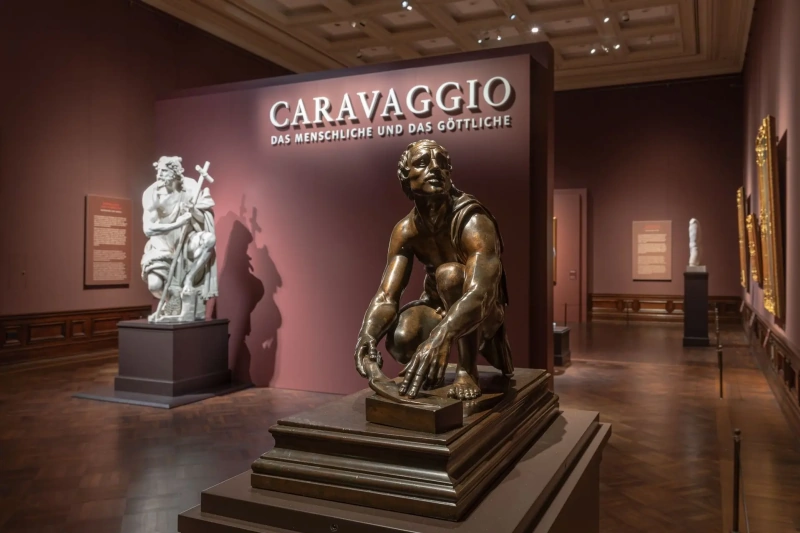Parents Tournier, the Protestants of Besancon, moved to Montbéliard. His father, the artist andré Tournier, probably was not the author of portraits Darbandsky consuls 1600-1603, which he once attributed. Make him and his son in Narbonne remains controversial, and the problem of the formation of the young artist is still not allowed. According to different documents (1619-1626), he made a journey to Rome; in 1619 he lived in the same building as the Liege artist caravaggist Gerard Duff. According to the testimony of the Toulouse historian Bernal du Puy du Grez in Rome Tournier studied with Valentin. Indeed, he imitates the paintings of Valentin and Manfredi scenes in taverns, dramatic, naturalistic types, but marked by a taste for elegance and romance - all this is borrowed from the paintings of Caravaggio. He is credited even copies of paintings by Manfredi ("Drunkard", Modena, the Pinacoteca Estense). Roman work of Tournier, who have long been confused with the works of Valentin, are distinguished by accuracy of drawing, which emphasizes styling and linearity, and restraint in the interpretation of the forms. Prosaism of his works is different from the mysticism and lyricism of Valentin ("Sinite Parvulos", Rome, NAT. Gal., Gal. Corsini; "Concert", Bourges, Museum and St. Louis Mountains. art Museum; "the Flutist", Brescia, Pinacoteca, Tosio-Martinengo; "the denial of St. Peter", Madrid, Prado). Soon the tour returns to France; he lives in Carcassonne (1627) and in Toulouse (1632). It often happens in Narbonne and along with caravaggesque works writes numerous paintings on historical and religious themes. His style is characterized more pure stylization, claiming the art of restrained and calm, its severity is close to the classical ("the entombment", the "Madonna and child", "the descent from the cross" especially impressive "the Battle of Red Cliffs" (Victory of Constantine over Maxentius), a masterpiece reminiscent of the works of Piero della Francesca, all in Toulouse, the Museum of fine arts; and "the Concert", Paris, the Louvre, the monumental "Calvary", 1644 ?, there is also the altar of the Cathedral in Narbonne "Tobias and the angel"). Works by Tournier, French and Roman periods require clarification of attributions (e.g., very reminiscent of Manfredi corps de garde, Dresden, Art Gal., or "Christ at Emmaus", Nantes, musée des Beaux-arts). On the basis of the date and the signature of the painting "Judah and Joseph" (1655, Narbonne, Cathedral, signed "Fournier" and not Tournier), has long believed that the artist died after 1655.
-
Las obras han gustado6 users
- Artworks in 1 collection and 2 selections
Exposiciones
Todas las exposiciones del pintorBandeja
Caravaggio. Humano y divinoexhibition finished

Caravaggio. Humano y divinoexhibition added















